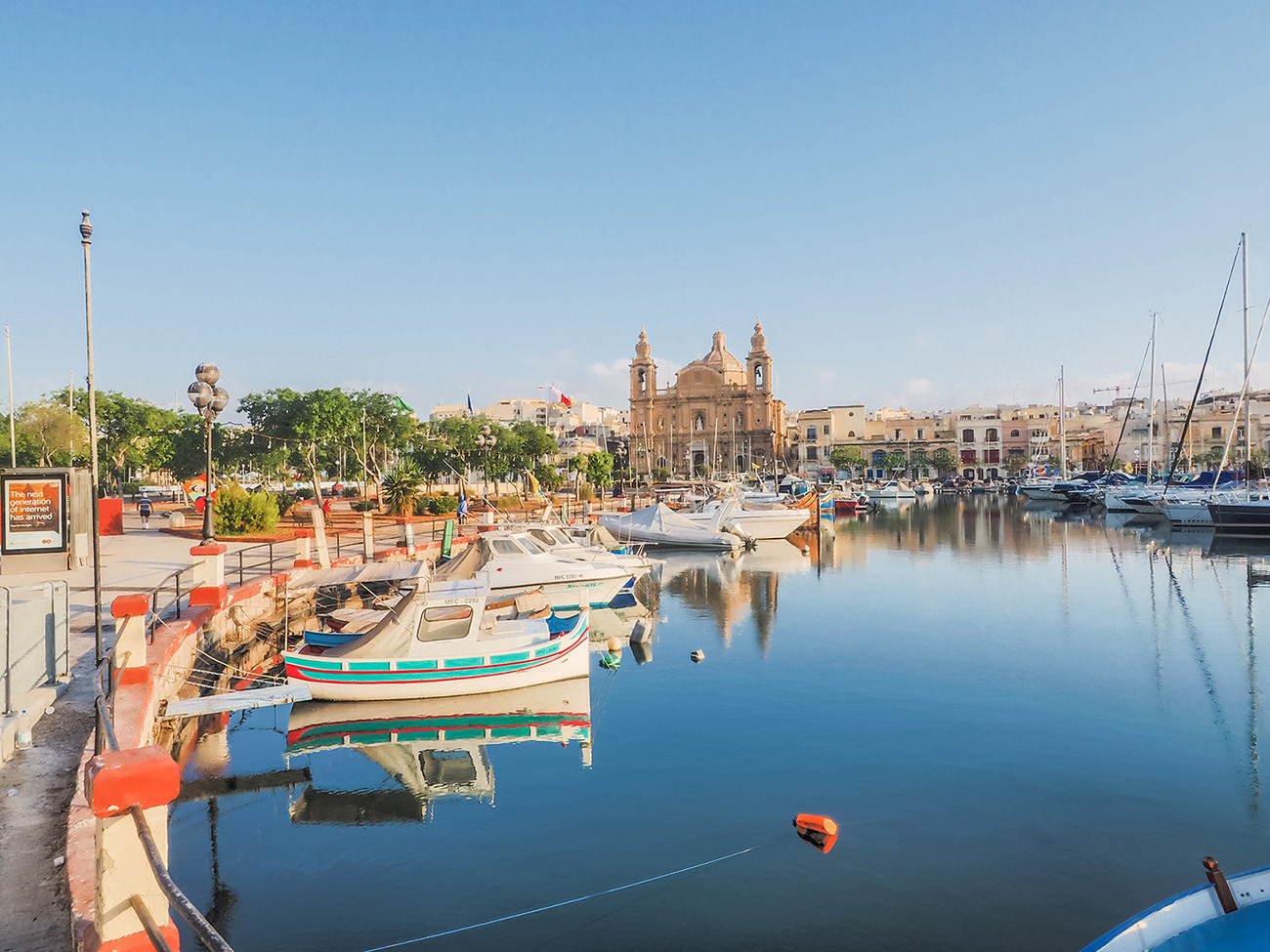Msida
Msida, a charming town in Malta, offers a fascinating blend of historical depth, vibrant nightlife, and modern living. Nestled along the island’s central coastline, Msida serves as a crucial hub in Malta’s urban landscape.
History
Msida’s history dates back to ancient times, with its strategic location along the Mediterranean Sea making it a key area for various civilizations. The town’s name is derived from the Arabic word “Mseida,” reflecting Malta’s historical Arab influence. During the Knights of St. John’s rule in the 16th century, Msida began to develop more significantly. It was a notable area for maritime activities due to its proximity to the Grand Harbour and the subsequent growth of the shipbuilding industry.
The 19th and early 20th centuries marked significant development in Msida. It transformed from a quiet fishing village into a bustling town with improved infrastructure. This period saw the construction of the Msida Marina and several significant buildings, including churches and educational institutions, shaping the town’s modern character.
Nightlife in Msida
Today, Msida is not just a historical gem but also a lively center of entertainment. The town boasts a dynamic nightlife scene that caters to various tastes. The heart of Msida’s nightlife is found along its main streets and near the marina. Trendy bars, cozy cafes, and energetic nightclubs offer diverse options for evening entertainment. Local favorites include the bustling area around the Msida Marina, where waterfront establishments provide a picturesque setting for a night out.
For those seeking a more laid-back experience, Msida has several restaurants and bistros that offer both local and international cuisine. The vibrant atmosphere, combined with friendly locals and a diverse crowd, makes Msida a popular spot for both residents and visitors looking to enjoy Malta’s night scene.
overview
Real Estate in Msida
The property market in Msida reflects the town’s growing popularity. Real estate in the area ranges from charming historical homes to modern apartments and luxurious penthouses. The town’s central location, combined with its accessibility to nearby cities like Valletta and Sliema, makes it a desirable place to live.
Property prices in Msida have seen a steady increase, driven by demand from both local buyers and expatriates. The availability of various types of properties—ranging from affordable flats to high-end residences—cater to different budget levels. Additionally, the town’s development projects continue to enhance its appeal, further boosting property values.

Living and Property in Msida
Msida enjoys a capacious marina which attracts vast numbers of visitors per year. These bring the marine trade into perspective and entice locals to enjoy the lovely promenade afforded around the harbour area.
Deciding to reside in Msida may be convenient to minimize commuting time whether one work in Valletta or Sliema, is an academic, or a health professional training or working at Mater Dei. Deciding to invest in a Msida property can prove lucrative since students, lecturers, health workers, and marina workers tend to look to this town with interest. Students tend to favour apartment sharing, while foreign workers who travel to Malta with their families will look towards the Swatar area and Msida outskirts for quiet residential areas full of family homes.
BUY
Properties For Sale in Msida
RENT
Properties For Rent in Msida
Localities
Discover other Maltese localities
Take a deep dive and browse the Maltese localities and local insights to see if the homes for sale/rent are right for you.